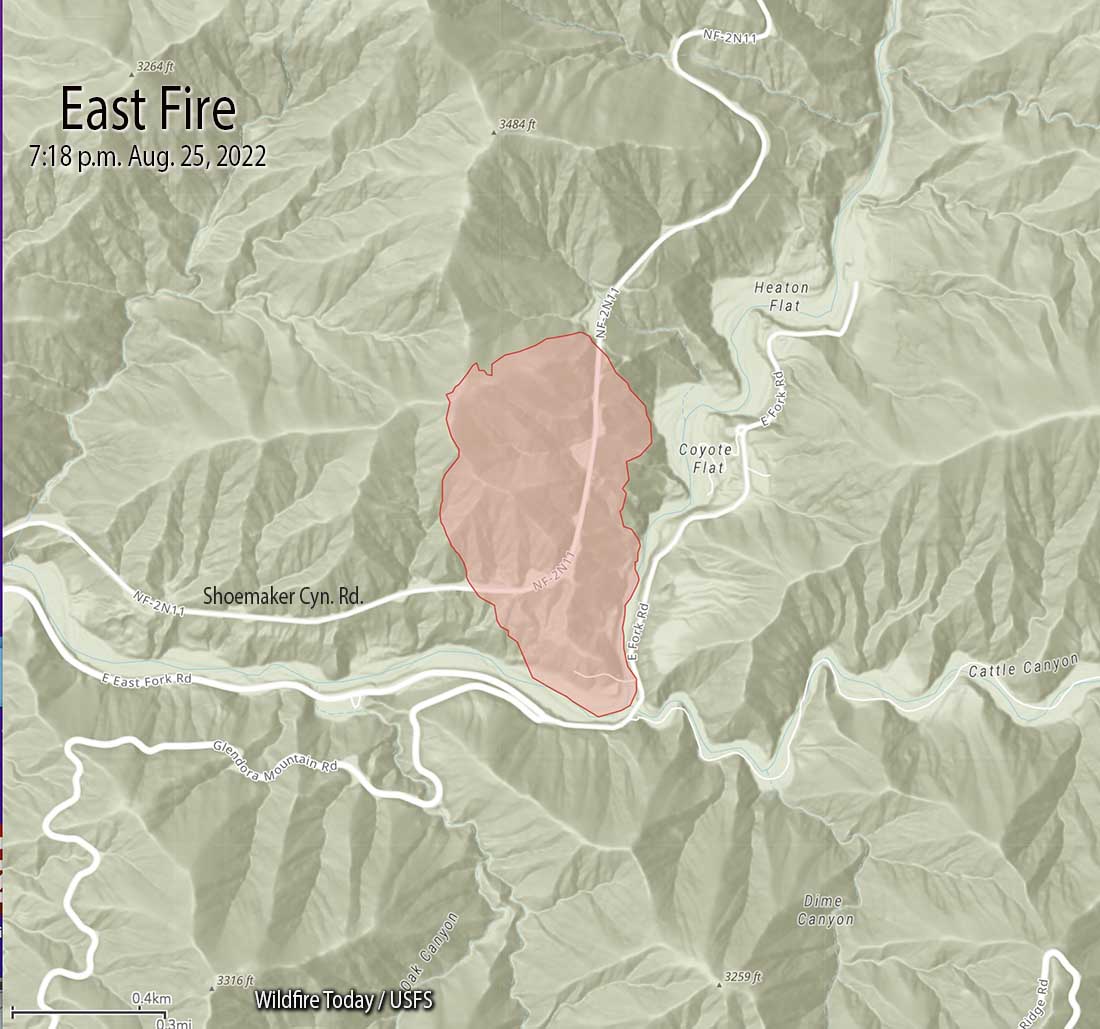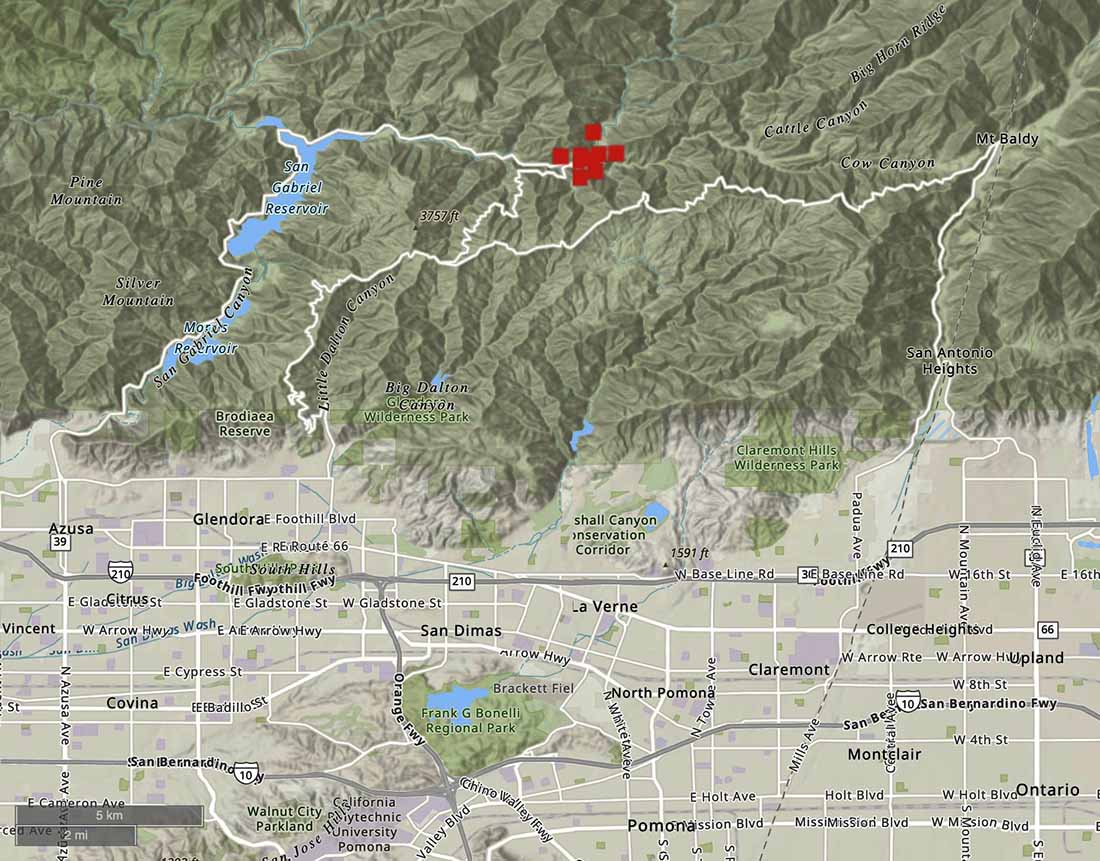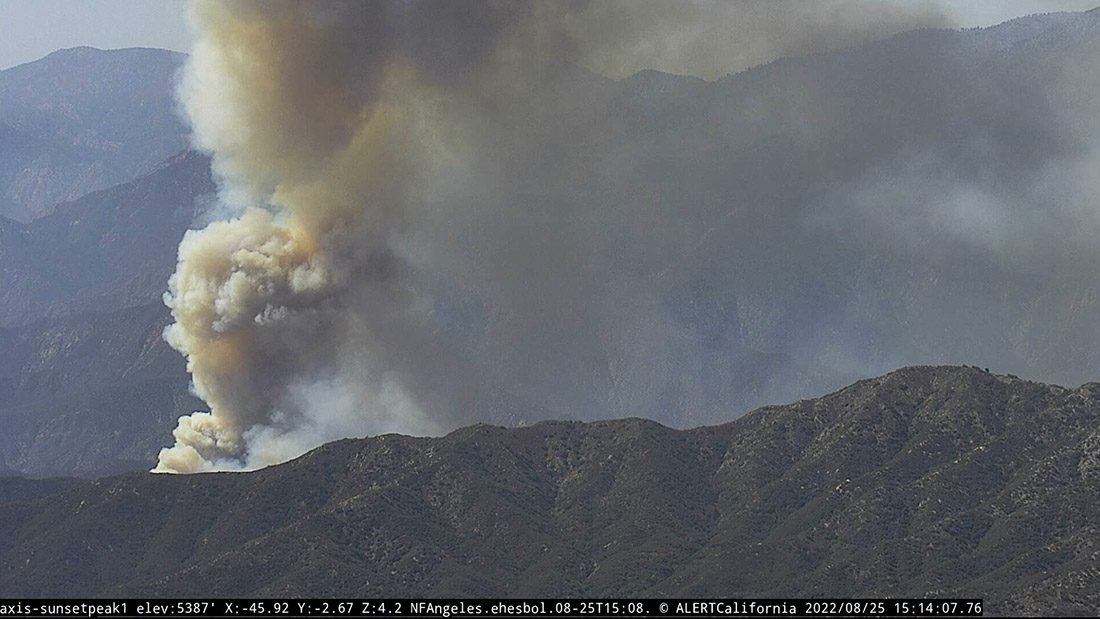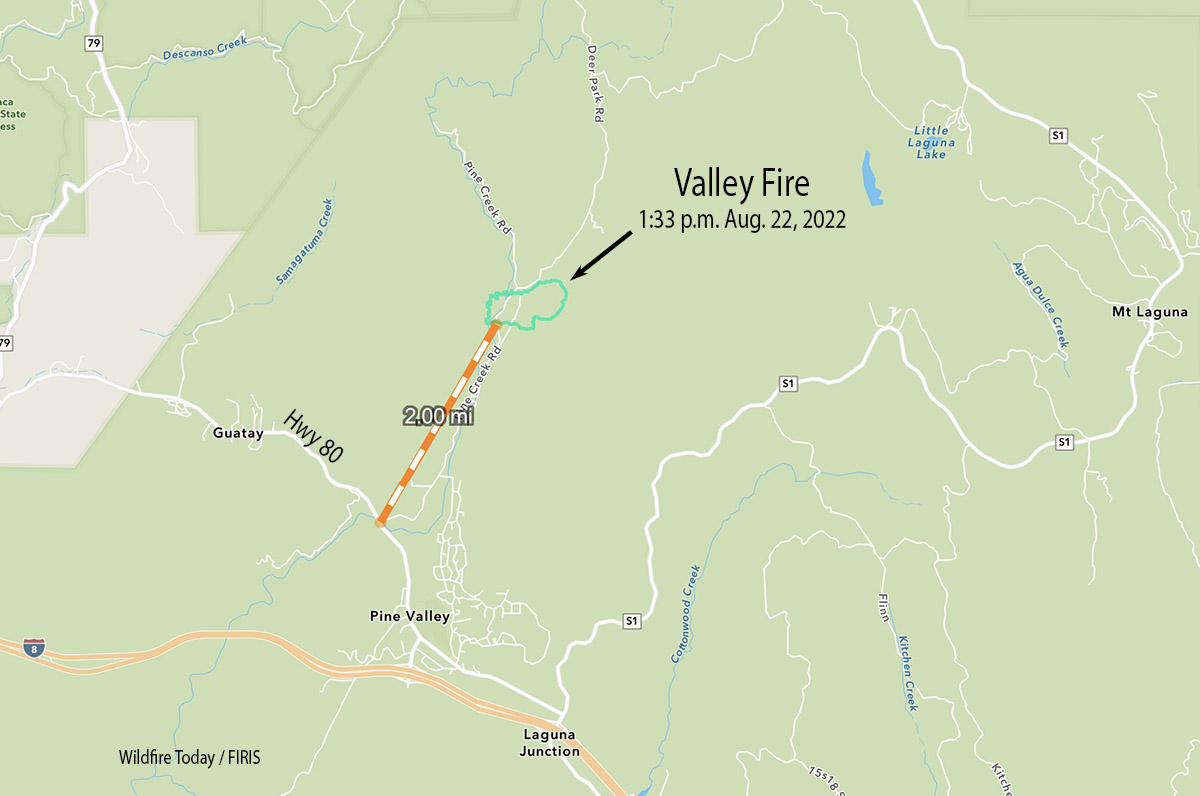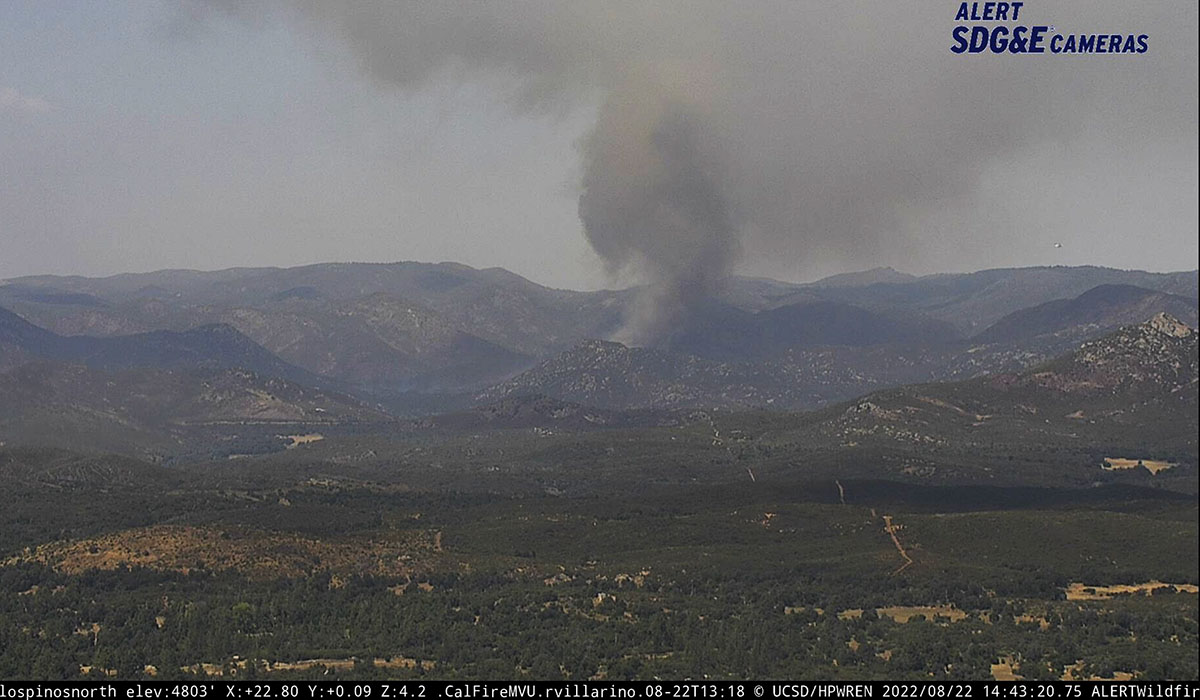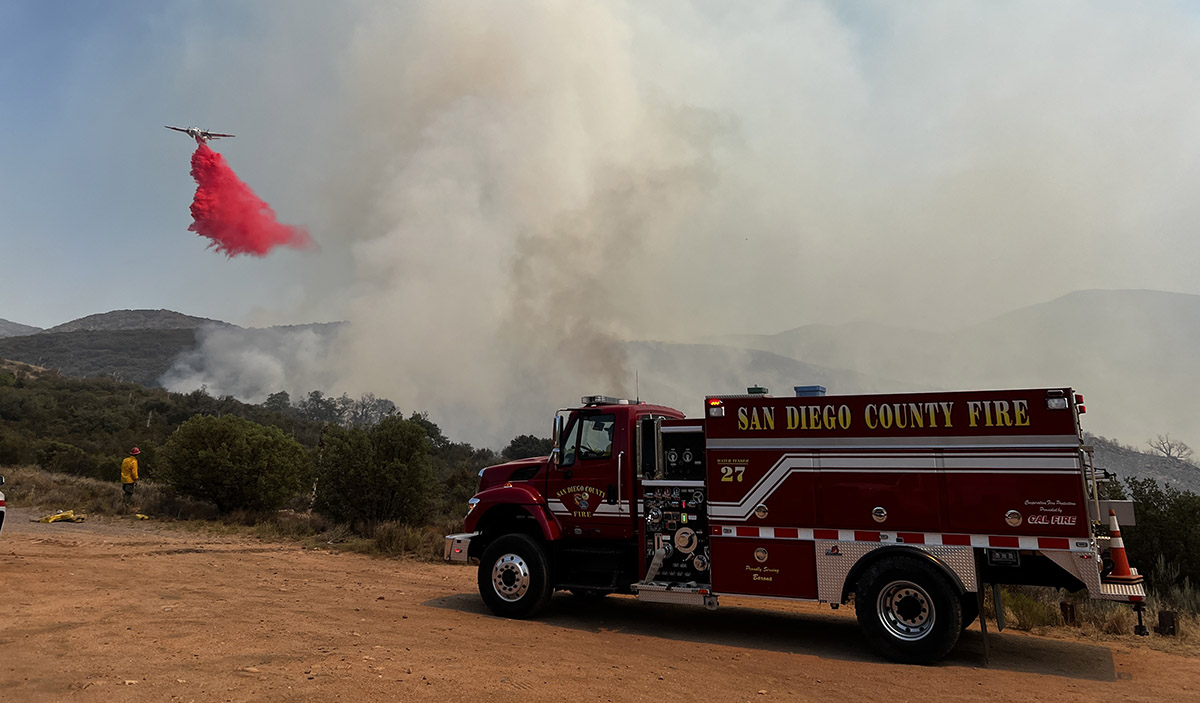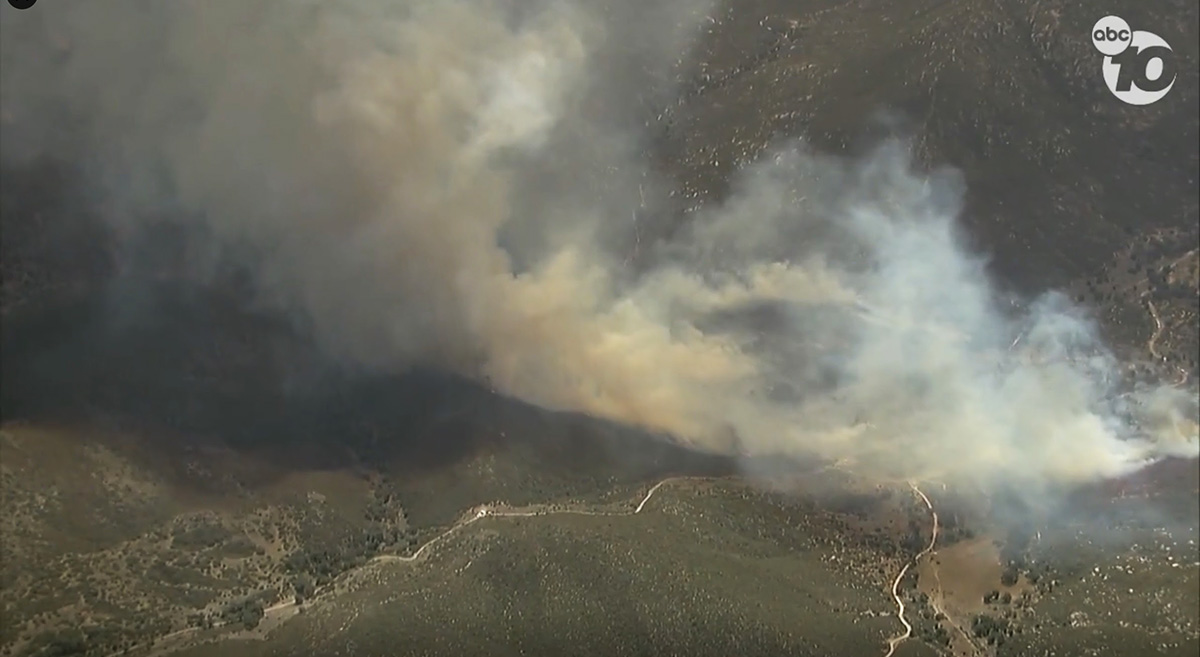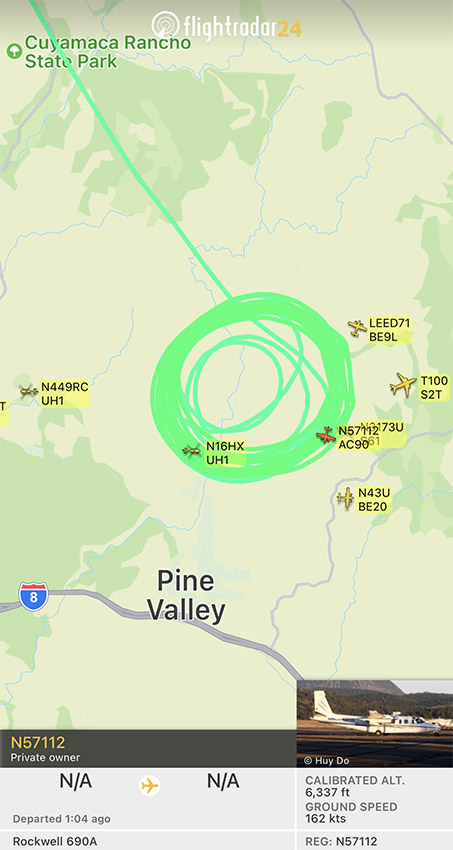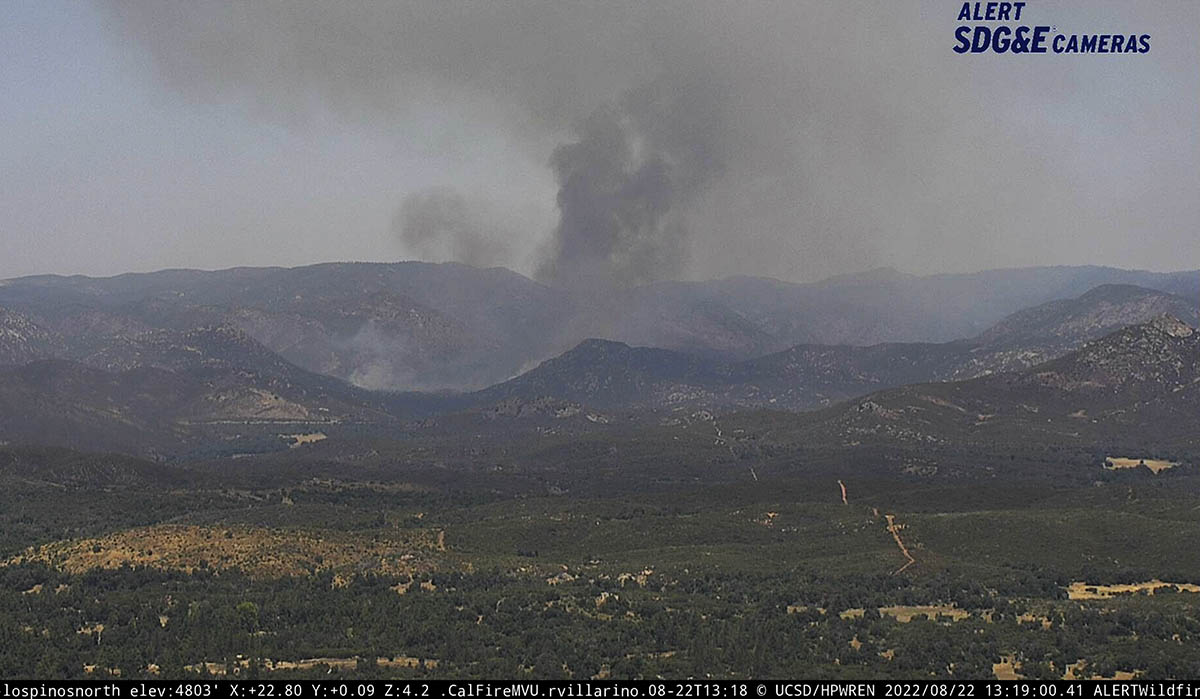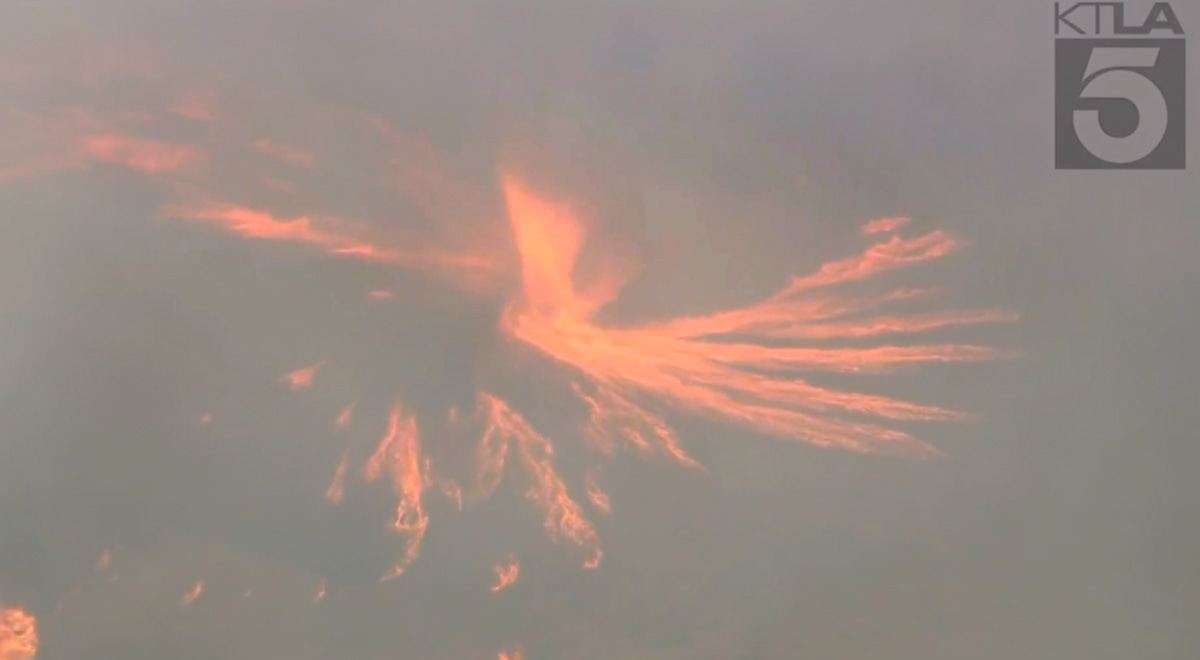
Two wildfires in Yosemite National Park are being managed without the intent to stop the spread. They are being allowed to replicate natural processes, restoring fire to the landscape.
It is a little too far out to predict with much certainty, but possibly by the first half of next week around September 4 or 5, temperatures much higher than average for the date could impact large sections of the Western United States. If it is accompanied by low humidity and strong winds there could be a significant increase in the spread of existing wildfires. We won’t get too excited about it now, but the situation bears watching as the forecasts become more certain.
Perhaps with that medium-range forecast in mind, or it could be unrelated, fire managers at Yosemite are taking steps to modify the spread of two fires. Both of them have large swaths of granite out in front, but the rock does not present a 100 percent impenetrable barrier. However under less than extreme conditions the granite would at least greatly slow the spread of the fires.
Red Fire
The Red Fire is in the southern part of Yosemite near Grey Peak and was mapped at 1,833 acres Saturday evening. The spread has been minimal in recent days as it chews through pockets of dead and and down vegetation. The plan is to use crews and hoselays to keep the fire south and east of the trail system and hold the fire from moving further into the Illilouette basin, which would result in increased smoke impacts to Yosemite Valley.
Rogers Fire

The Rogers Fire, 10 miles east of Hetch-Hetchy Reservoir had burned 1,370 acres when it was mapped the morning of August 27. Fire managers intend to use helicopters to drop water in order to slow spread to the northeast. This is intended to enable hand crews to construct fire line between granite slabs. The next step is not specified, but depending on the intensity of the fire, which has been low, the line might stop the fire, or provide an anchor from which to start a backburn or backfire.




